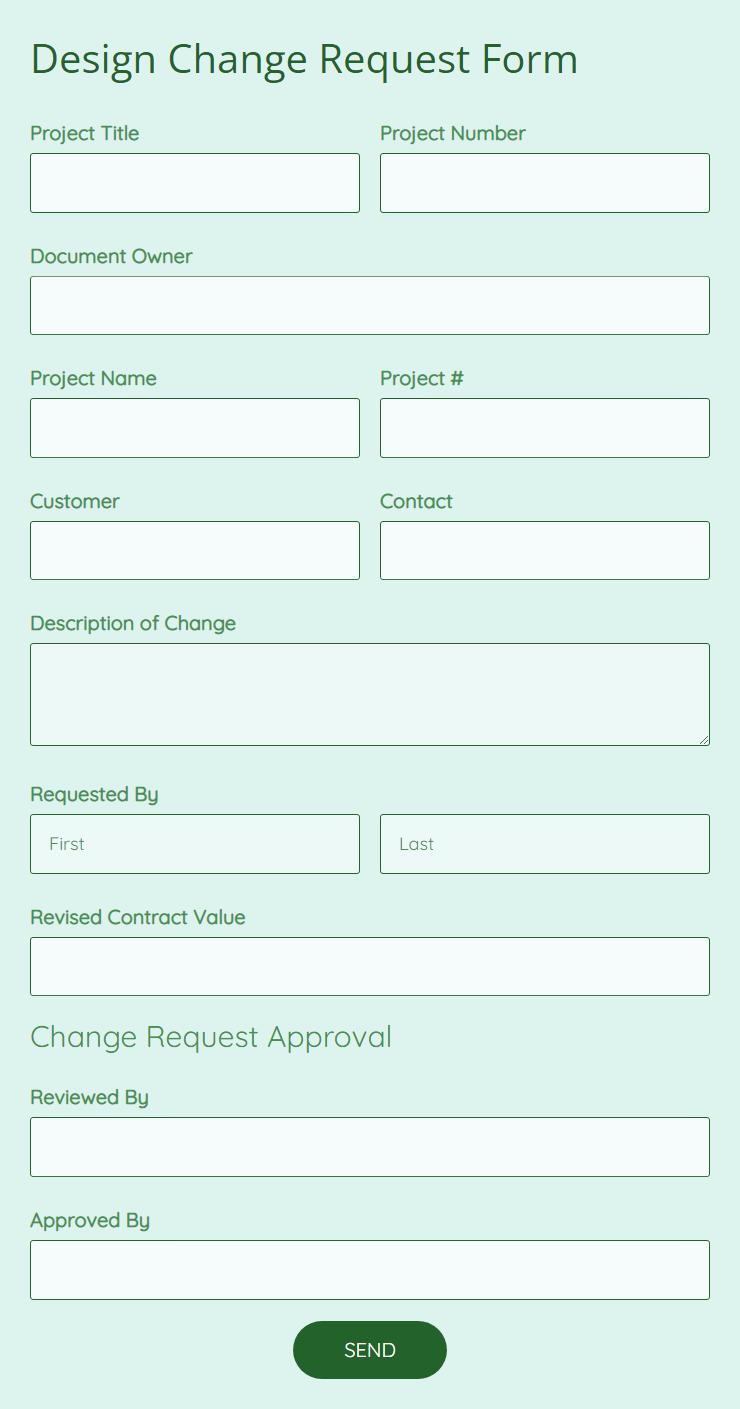Utilizing such a structured format streamlines the change management process, reducing ambiguity and potential misunderstandings. It promotes thorough consideration of the implications of proposed alterations, leading to better decision-making. Furthermore, it creates a documented history of changes, enhancing transparency and traceability within project or product lifecycles.

This foundation of understanding facilitates exploration of specific components, diverse examples, and best practices associated with effective change management documentation.
Key Components of a Change Request
Effective change requests require specific information to ensure clarity and facilitate proper evaluation. The following components contribute to a well-defined request:
1. Unique Identifier: A tracking number or unique code allows for easy identification and retrieval of the request throughout its lifecycle.
2. Requestor Information: Details about the individual or team submitting the request, including name, department, and contact information.
3. Date of Request: The date the request was submitted provides a temporal reference point for the change process.
4. Description of Change: A clear and concise explanation of the desired modification, including its scope and objectives.
5. Rationale for Change: The justification for the proposed change, explaining its necessity and expected benefits.
6. Impact Assessment: An evaluation of the potential effects of the change on various aspects of the project, product, or system, including technical, operational, and business impacts.
7. Implementation Plan: A high-level overview of how the change will be implemented, including timelines and resources required.
8. Approval Section: Space for authorized individuals to review and approve the request, signifying their agreement with the proposed change.
These components ensure that change requests are comprehensive, enabling efficient processing, informed decision-making, and successful implementation.
How to Create a Change Request Template
Creating a standardized template ensures consistency and efficiency in managing change requests. A well-structured template facilitates clear communication and thorough evaluation of proposed modifications.
1. Define Scope and Purpose: Determine the specific types of changes the template will address. Consider the context of its use within projects, products, or systems.
2. Essential Fields: Incorporate key fields such as a unique identifier, requestor information, date, description of the change, rationale, impact assessment, implementation plan, and approval sections.
3. Clear Instructions: Provide concise instructions for completing each section of the template, ensuring clarity and minimizing ambiguity.
4. User-Friendly Format: Design a clear and logical layout using tables, headings, and formatting to enhance readability and ease of use.
5. Version Control: Implement version control to track revisions and maintain a history of template updates.
6. Accessibility: Ensure the template is accessible to all relevant stakeholders and compatible with various software applications.
7. Testing and Refinement: Pilot test the template with a small group of users and gather feedback for refinement. Iterate based on user experience to optimize its effectiveness.
A robust template supports informed decision-making, efficient implementation, and comprehensive documentation of changes within an organization. Regular review and updates maintain the template’s alignment with evolving needs and best practices.
Standardized documentation provides a crucial framework for managing modifications within projects, products, or systems. From facilitating clear communication and thorough impact assessments to enabling efficient implementation and creating an auditable history, a structured approach to change management fosters informed decision-making and reduces risks. Key components such as unique identifiers, detailed descriptions, rationales, and approval sections contribute to a comprehensive and traceable process.
Effective change management is essential for organizational agility and success in dynamic environments. Leveraging structured documentation empowers organizations to embrace change strategically, maximizing benefits while minimizing disruptions. Continuous improvement of these processes through regular review and adaptation remains critical for maintaining alignment with evolving needs and best practices.
